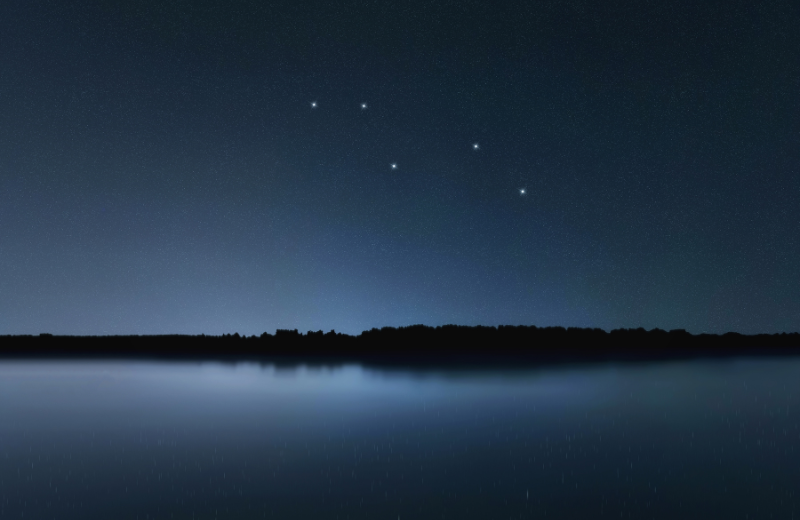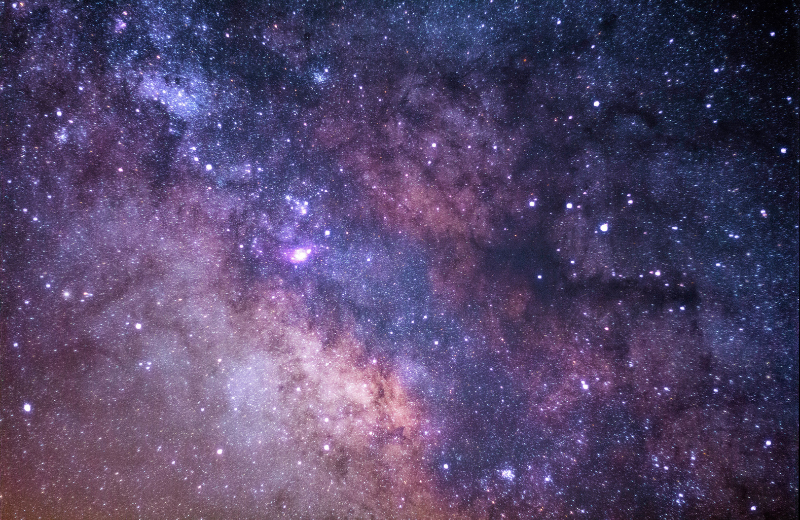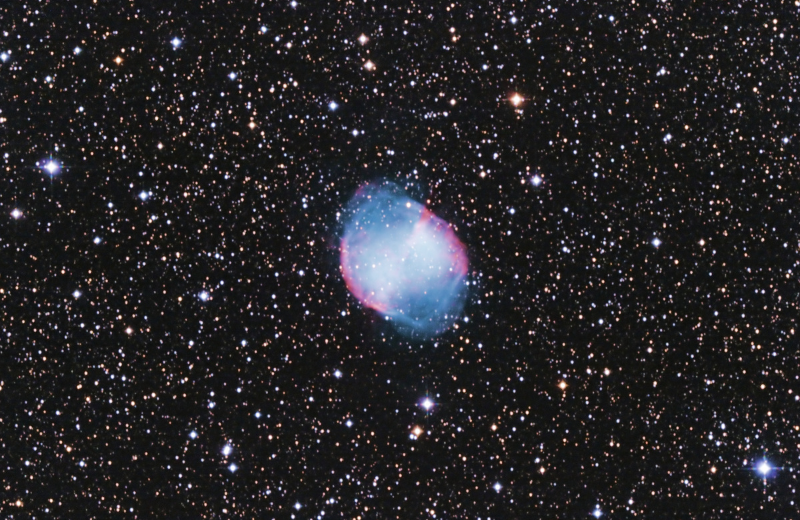Vulpecula, a lesser-known yet intriguing constellation, offers rich myths, beautiful stars, and some surprising astronomical objects. Let’s explore its history, meaning, and how to find it.
Jump to:
Recommended for you!
Best SellersWhat is the Vulpecula Constellation?
Vulpecula is a faint constellation located in the northern hemisphere. Its name comes from the Latin word for "little fox," as it represents a small fox darting through the heavens. Despite its relatively dim appearance, Vulpecula is part of the Milky Way and contains interesting deep-sky objects, including a famous nebula. While it may not be as well-known as constellations like Orion or Ursa Major, Vulpecula has its own charm, particularly for those who enjoy hunting for subtle celestial sights.
What Does Vulpecula Look Like?

Vulpecula is a relatively small and faint constellation, and it doesn’t form an easily recognisable shape like some of the more famous constellations. It spans approximately 268 square degrees and is located in a rich area of the sky near the constellation Cygnus, the swan. To spot Vulpecula, you'll need a dark sky and perhaps a star map to help you trace its dim stars.
Although faint, it has several interesting stars and is home to some notable deep-sky objects, which make it a rewarding constellation to observe if you have patience and a good pair of binoculars or a telescope.
How Far is the Vulpecula Constellation from Earth?
The stars that make up Vulpecula are located at various distances from Earth, ranging from dozens to hundreds of light-years away. One of its brightest stars, Alpha Vulpeculae, is about 297 light-years from Earth. Because Vulpecula sits within the Milky Way, many of its stars are relatively close to us in cosmic terms.
The Vulpecula Constellation Myth
Like many constellations, Vulpecula comes with a story—though not an ancient one. Its mythological connection stems from Hevelius’s 17th-century creation. The fox in Vulpecula doesn’t have the deep mythology that constellations like Orion or Cassiopeia possess, but it was likely meant to symbolise cunning and agility. Vulpecula’s introduction reflects the Renaissance period’s renewed interest in mapping the stars and the blending of science with imaginative storytelling.
Vulpecula's Stars

Though Vulpecula may not have the same visual impact as some of the larger constellations, it is home to some fascinating stars:
- Alpha Vulpeculae: This is the brightest star in the constellation, sometimes known as Anser. It’s a red giant located about 297 light-years from Earth.
- 23 Vulpeculae: A notable binary star system, with the primary star being a blue-white giant.
- HD 189733: This star is famous for hosting an exoplanet, HD 189733b, which has been extensively studied due to its unusual weather patterns, including rain made of glass.
- Beta Vulpeculae: A slightly dimmer star, part of the larger Vulpecula system, located around 150 light-years away.
Nebulae in the Vulpecula Constellation

One of the most famous features of Vulpecula is the Dumbbell Nebula (M27), which is a planetary nebula located about 1,360 light-years from Earth. It’s one of the brightest planetary nebulae visible in the night sky, making it a popular target for amateur astronomers. The Dumbbell Nebula resembles an apple core or a dumbbell shape, and it was the first planetary nebula ever discovered (by Charles Messier in 1764).
In addition to the Dumbbell Nebula, Vulpecula contains several other deep-sky objects, including star clusters that are part of the Milky Way's dense star fields. These objects make the constellation a rewarding area to explore, particularly for experienced stargazers with telescopes.
Finding Vulpecula in the Sky
Vulpecula is best seen during the summer months in the northern hemisphere, particularly from July to September. At this time of year, the constellation reaches its highest point in the sky, making it a great target for observation.
Locating Vulpecula
To find Vulpecula, start by identifying the prominent constellation Cygnus, often called the Northern Cross. Look for its brightest star, Deneb, which marks the tail of the swan. Once you’ve found Deneb, look south of Cygnus to spot Vulpecula. The stars of Vulpecula are faint, so having a star map or a good pair of binoculars can help. Although subtle and not immediately obvious, Vulpecula is nestled within the dense star fields of the Milky Way, making it an exciting challenge to locate.
Viewing Vulpecula with Binoculars or a Telescope
- With binoculars: The faint stars of Vulpecula will become more visible. Binoculars can also help you pick out the Dumbbell Nebula, one of the brightest planetary nebulae in the sky, located within this constellation.
- With a telescope: You’ll be able to explore Vulpecula’s deep-sky objects in more detail, including star clusters and nebulae.
Best Viewing Conditions
For the best experience, find a dark location away from city lights, and choose a clear, moonless night. Once you locate Cygnus and its bright star Deneb, Vulpecula will come into focus, rewarding you with its hidden celestial treasures.
Recommended for you!
Best SellersFun Facts About Vulpecula
- Pronunciation: Vulpecula is pronounced "vul-PECK-yoo-lah."
- In the Milky Way: The constellation sits within the plane of the Milky Way, making it a rich area for deep-sky observations.
- Mythical Origins: Though not tied to ancient mythologies, Vulpecula still brings a unique Renaissance-era story into the night sky.
- Dumbbell Nebula: Vulpecula is best known for housing the Dumbbell Nebula, a striking planetary nebula visible even with small telescopes.
- Modern Creation: Unlike many constellations with roots in ancient cultures, Vulpecula was created in the 17th century, a period when astronomers were filling in gaps between more prominent star groups.
Study Astronomy for £29
If the Vulpecula constellation has sparked your curiosity, why not explore more about the stars and the cosmos with our Astronomy Diploma Course at Centre of Excellence? This course offers a detailed understanding of the universe, from constellations and star types to the fundamentals of space observation. Perfect for all budding astronomers, the course is available for a discounted price of £29.













